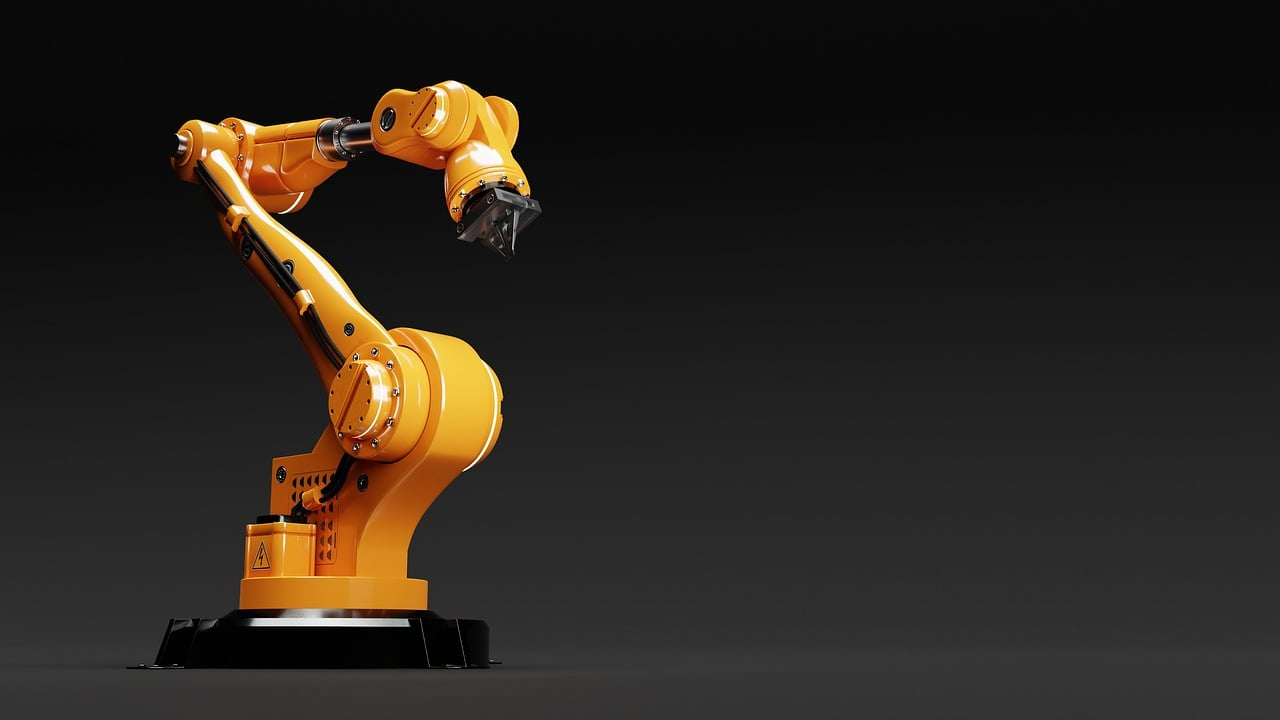Revolutionizing Industrial Precision with Secondary Encoders
MABI Robotic’s latest offerings set a new standard in the industry. The integration of secondary encoders across all axes of their milling robots represents a significant leap forward in robotic technology. Unlike traditional robotic systems that rely solely on primary encoders for positioning and control, secondary encoders provide an additional layer of precision. This dual-feedback system ensures that every movement of the robotic arm is executed with unrivaled accuracy, making it a game-changer for additive and subtractive CNC (Computer Numerical Control) applications.
This enhanced precision translates into numerous benefits for industrial manufacturers. Whether in aerospace, automotive, or high-end manufacturing, the ability to produce components with exacting standards of accuracy can significantly reduce waste, lower production costs, and improve the overall quality of the final product. MABI Robotic’s MAX series of robots, particularly the MAX-100-2.25-P, exemplify this precision. As the smallest model in the series, it still boasts an impressive payload capacity of 100 kg and a reach of 2.24 meters, making it an ideal solution for a wide range of high-precision tasks.
The MAX Series: Versatility and Power Combined
The MAX series from MABI Robotic is more than just a collection of robots; it’s a testament to the company's commitment to continuous improvement and innovation. Each robot in the series is designed to meet the specific needs of various industrial applications, from small-scale precision tasks to heavy-duty manufacturing processes.
The MAX-100-2.25-P, with its exceptional precision, is perfect for industries where detail and accuracy are paramount. Meanwhile, for tasks requiring more power and reach, MABI offers the MAX-150-2.0-P, which supports a higher payload of 150 kg and provides a reach of 2.0 meters. These robots are designed to handle the rigors of modern manufacturing environments, where both performance and reliability are critical.




